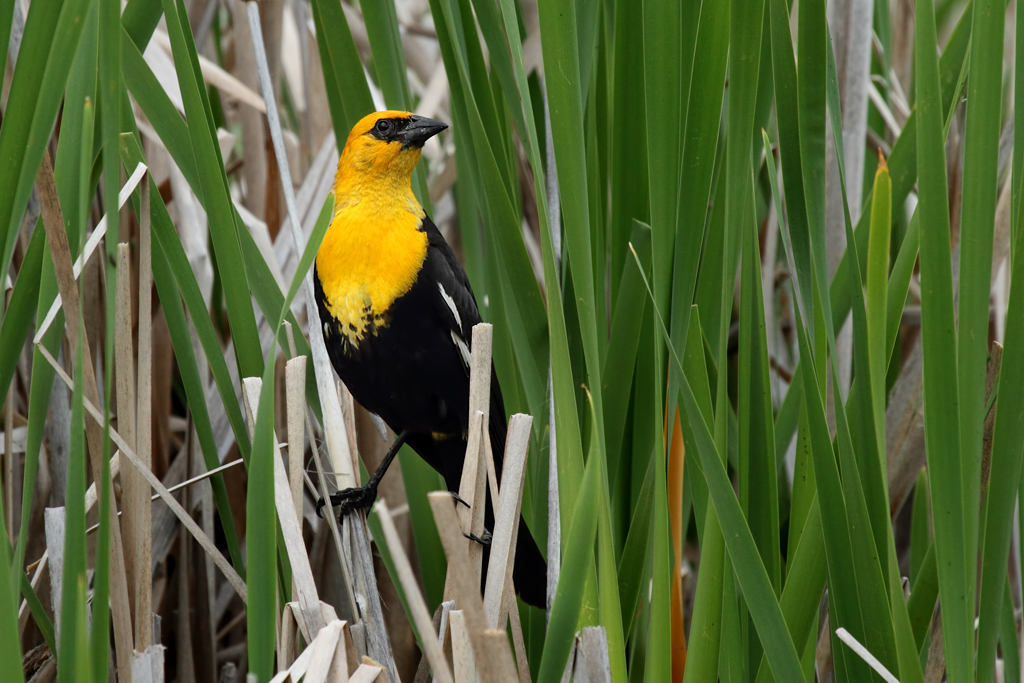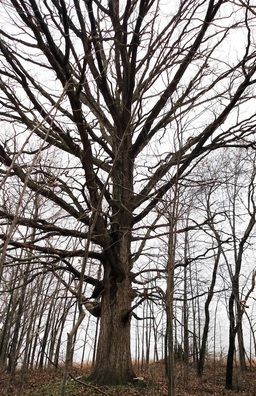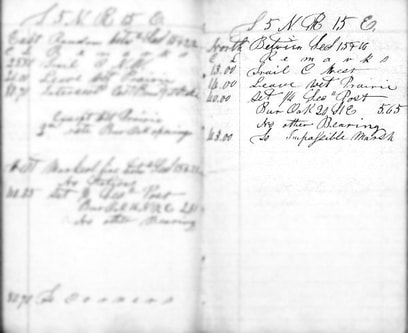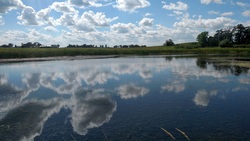
The Adam Birding Conservancy ("ABC") is on private land, most of which has a permanent easement established by the Natural Resources Conservation Service (the "NRCS") of the US Dept. of Agriculture. The NRCS dictates some do's and don'ts. In addition, the Adam's want to maintain good relations with the neighbors and the preservation partnerships that have been established in an effort to enhance the property for the enjoyment of all - people, wildlife, plants and trees.
Access Rules - Also Found at the Trailhead by the Parking Lot
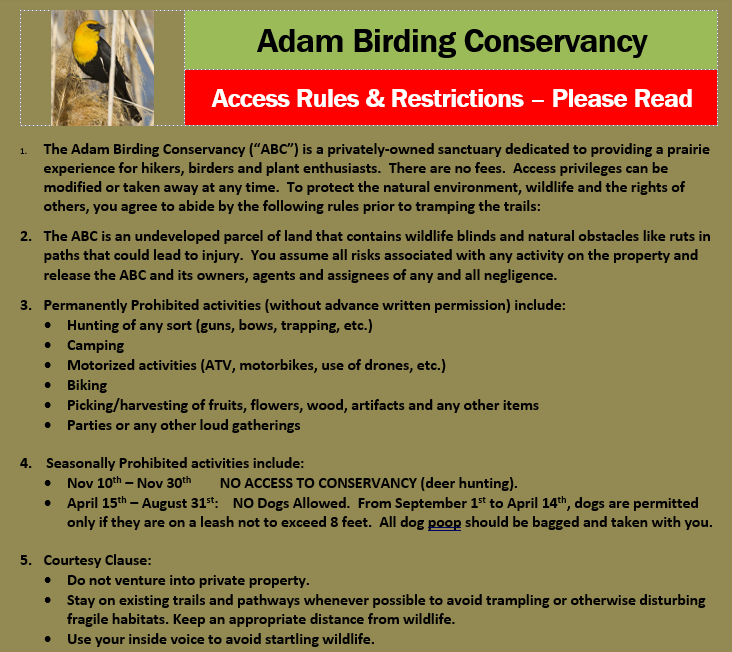
|
The Adam Birding Conservancy or ABC for short was formed in 2015. This page provides a little insight into the purpose, the partnerships and some of the quirky facts on the property. For an update on recent activities, please go to the "Latest News" tab on top.
This page includes:
|
ABC Newsletters
The Mission Statement
- To preserve, maintain and enhance a high level of sustainable ecosystem health and biological diversity for the benefit of wildlife and plant communities. This will be accomplished by applying a land management agenda relying on volunteer stewardship in partnership with the NRCS.
- To provide for the enjoyment and education of people of all ages and interests with a special focus on collaboration with students and faculty from the University of Wisconsin-Whitewater and youth from the surrounding schools in the Walworth and Jefferson County areas.
Partnerships (making Progress Possible)
With over 330 acres, partnerships are key to helping control invasives, provide for quality habitat for animals and plants and a scenic setting for nature lovers. This section calls out the individuals and organizations who have offered advice, labor or financial assistance with the Conservancy.
A hearty thank you to all of you!
A hearty thank you to all of you!
|
|
|
Quirky Facts & Interesting Insights
|
This large Bur Oak tree along the Inner Peace trail was cored and dated in 2019. Disappointingly, though it measures almost 12 feet around at breast height, it appears to be only about 150 years old. That still makes it an 1870-ish baby. It does debunk my theory that it was the bur oak mentioned in the original 1830's surveyor notes done when Wisconsin was laid out in squares or sections (see below, third line from the bottom). The ABC land borders three "sections" with the property along the Bark River noted as "impassible marsh" with the land further south called "2nd rate timber" and "an oak prairie".
The tree itself has a DBH (Diameter at Breast Height) of ~ 152 inches and is majestic. With some volunteers, we are active in culling many of the smaller hickories and black cherries that are crowding out the canopy of our showcase trees in the hopes they stick around for another 50-100 years. |
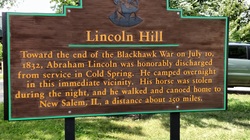
The "Abe" tree is in recognition of the original hope that our 16th President may have crossed paths with this large white oak. It now seems like "Abe" didn't come to be for another 35+ years. No worries, the story is still a good one. In 1832, Abe Lincoln was within a few miles of the ABC as part of a US military commitment tracking and eventually attacking the Native American forces led by Black Hawk in what became known as the Black Hawk war. This sad story in American history involved three future American Presidents (Zachary Taylor #12), Abraham Lincoln (#16) and Jefferson Davis (#1 Confederacy) as well as unsuccessful Presidential candidate Winfield Scott. All from a force that probably never got above 5,000 soldiers and militia.
Lincoln had been a clerk in a store in New Salem, Illinois when he enlisted for service. Elected captain by his fellow soldiers, his short military career was notable for his unruly troops. He was twice forced to wear the wooden sword, a sign of humiliation for the misbehavior of his men. The sign above notes the location near the ABC where Lincoln had his horse stolen after he had mustered out of service. Abe and a companion walked to Peoria where they canoed down the Illinois River to Havana, trekking through prairie to get back to New Salem, Illinois.
In 1848, Lincoln made fun of his service in the war by stating to Lewis Cass, a hero from the War of 1812: "[Did] you know I am a military hero? Yes sir, in the days of the Black Hawk War I fought, bled and came away. If General Cass went ahead of me in picking huckleberries, I guess I surpassed him in charges upon the white onions. If he saw any live, fighting Indians it was more that I did; but I had a good many bloody struggles with the mosquitoes, and although I never fainted from the loss of blood, I can truly say I was often hungry."
From: Bates, Milton J. 2012, "The Bark River Chronicles: Stories from a Wisconsin Watershed", Wisconsin Historical Society Press, Madison.
Lincoln had been a clerk in a store in New Salem, Illinois when he enlisted for service. Elected captain by his fellow soldiers, his short military career was notable for his unruly troops. He was twice forced to wear the wooden sword, a sign of humiliation for the misbehavior of his men. The sign above notes the location near the ABC where Lincoln had his horse stolen after he had mustered out of service. Abe and a companion walked to Peoria where they canoed down the Illinois River to Havana, trekking through prairie to get back to New Salem, Illinois.
In 1848, Lincoln made fun of his service in the war by stating to Lewis Cass, a hero from the War of 1812: "[Did] you know I am a military hero? Yes sir, in the days of the Black Hawk War I fought, bled and came away. If General Cass went ahead of me in picking huckleberries, I guess I surpassed him in charges upon the white onions. If he saw any live, fighting Indians it was more that I did; but I had a good many bloody struggles with the mosquitoes, and although I never fainted from the loss of blood, I can truly say I was often hungry."
From: Bates, Milton J. 2012, "The Bark River Chronicles: Stories from a Wisconsin Watershed", Wisconsin Historical Society Press, Madison.
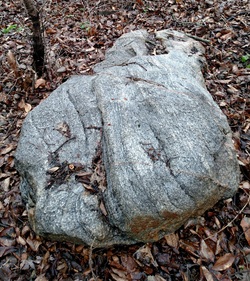 Big Foot Rock
Big Foot Rock
Close by Abe in the woods is Big Foot Rock, a glacial erratic that measures almost five feet long at the surface and was likely deposited as part of the last (Wisconsin) glaciation phase about 10,000 years ago. Toenails up close, heel to the rear in this photo.
It would have been nice to have had land on the Ice Age Trail, Wisconsin's 1,000+ mile trekking route that meanders along highlights of the great glacial features of this state. Sadly, the ABC is too far north by ~10 miles. Big Foot is stepping in as a substitute.
Big Foot Rock is also featured on Atlas Obscura!

